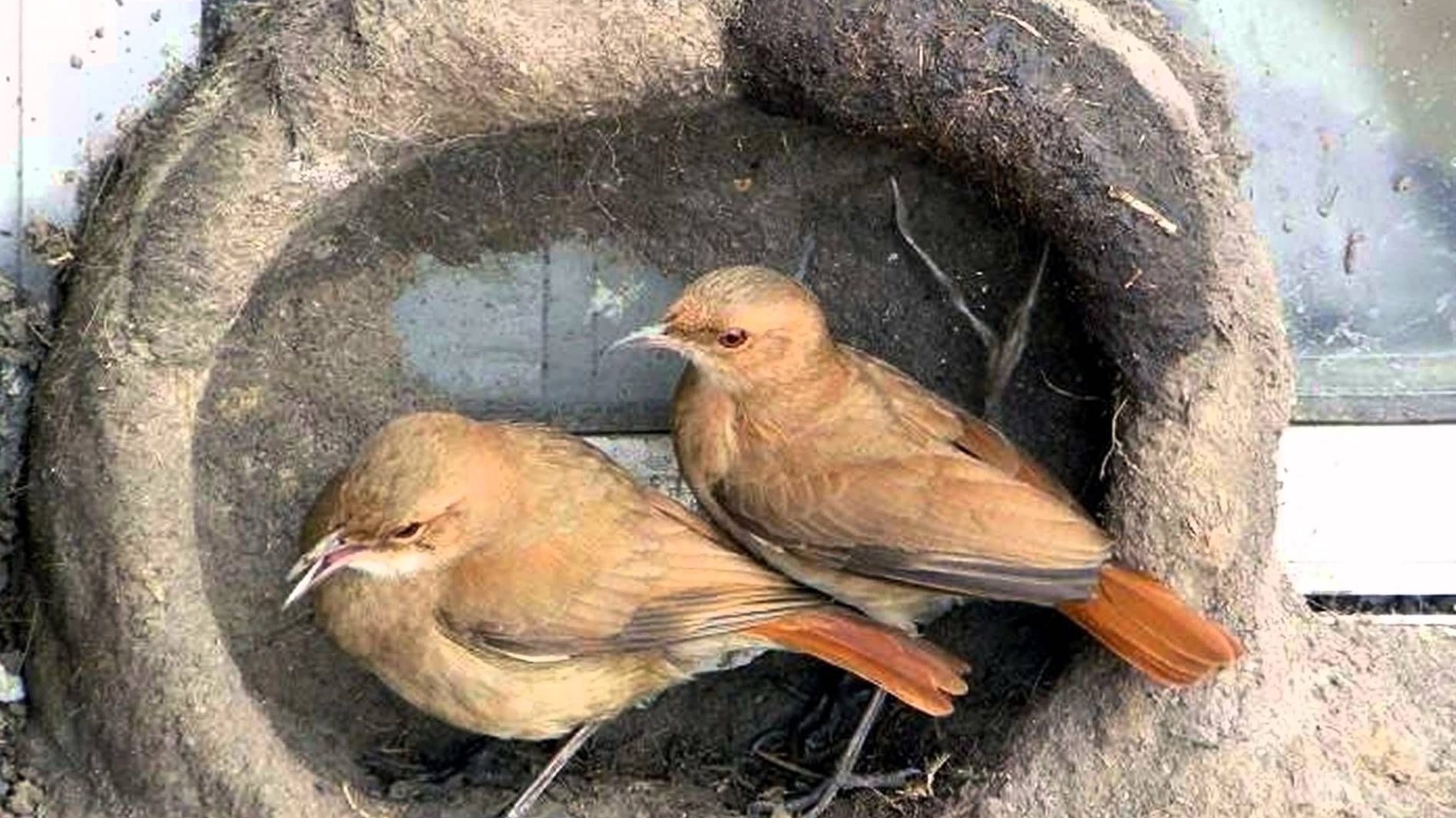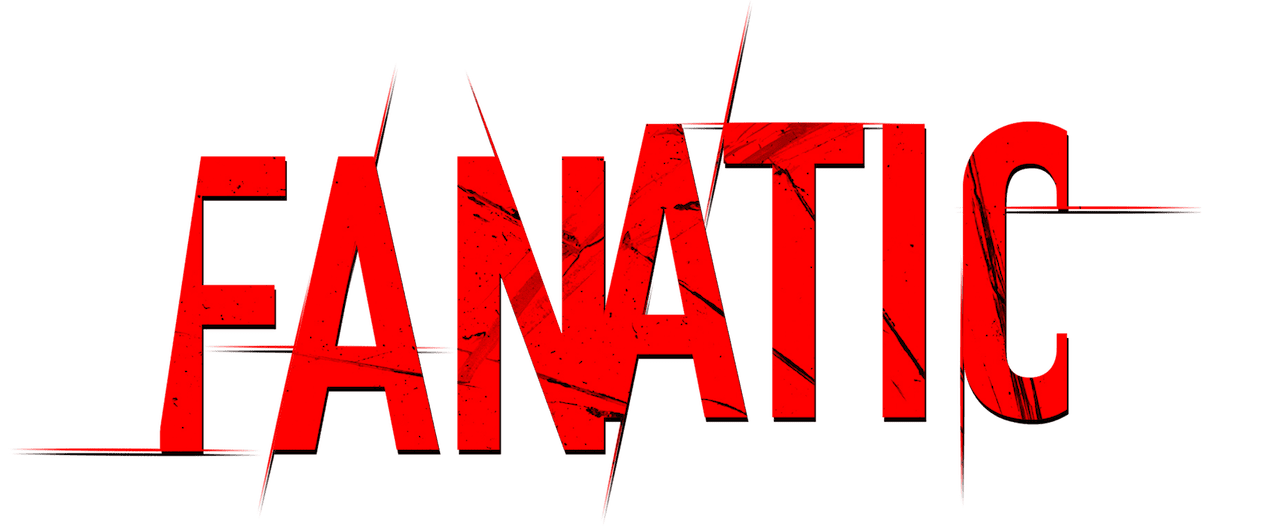The hornbills build their mud nests in pairs. Construction takes about 10 days. Some nests have the door more to the right and others to the left. Did this make any sense? Genetics in the nests of the hornbills do have an influence.

Application
1.200 people from Latin America helped through an application on the phone. It allowed data to be taken from observations of nestlings. Thus it was revealed that the asymmetrical architecture of the nests of the horneros is not by chance. They published the study in the specialized journal Current Biology.
The horneros build the nest with mud on lamp posts, houses, or trees. In addition to mud, they use some plants and dung from other animals. It was believed that rainfall or winds influenced the asymmetry of the nest. To confirm this, they took photos of 12,600 nests. They found 12% more nests with the entrance on the right than with the entrance on the left. This position of the nest entrance is also highly repeatable among different pairs of nestlings.
“The remarkable repeatability of bilateral nest architecture has a genetic basis.” they explain. It could be a cultural effect, but the authors posit genetic transmission.

Architects
To build their very sturdy nests, the horneros first make a base. Then, they build the side walls and roof. They finish with an internal dividing wall. Inside the nests, pairs lay eggs and protect them from predators. “The hornbills only use the nest once. Therefore, it could be to minimize the exposure of the chicks to parasites from previous broods,” Mentesana explained.
Another characteristic of horneros is that both the male and the female take care of the eggs inside the nest. “Hornbills are not males like most birds”. Dr. Reboreda pointed this out, with a view from the gender perspective that is now advancing with respect to the human species. “It will be interesting for the study to continue. The genetics in the nests of horneros really influence the asymmetry of their constructions.”

